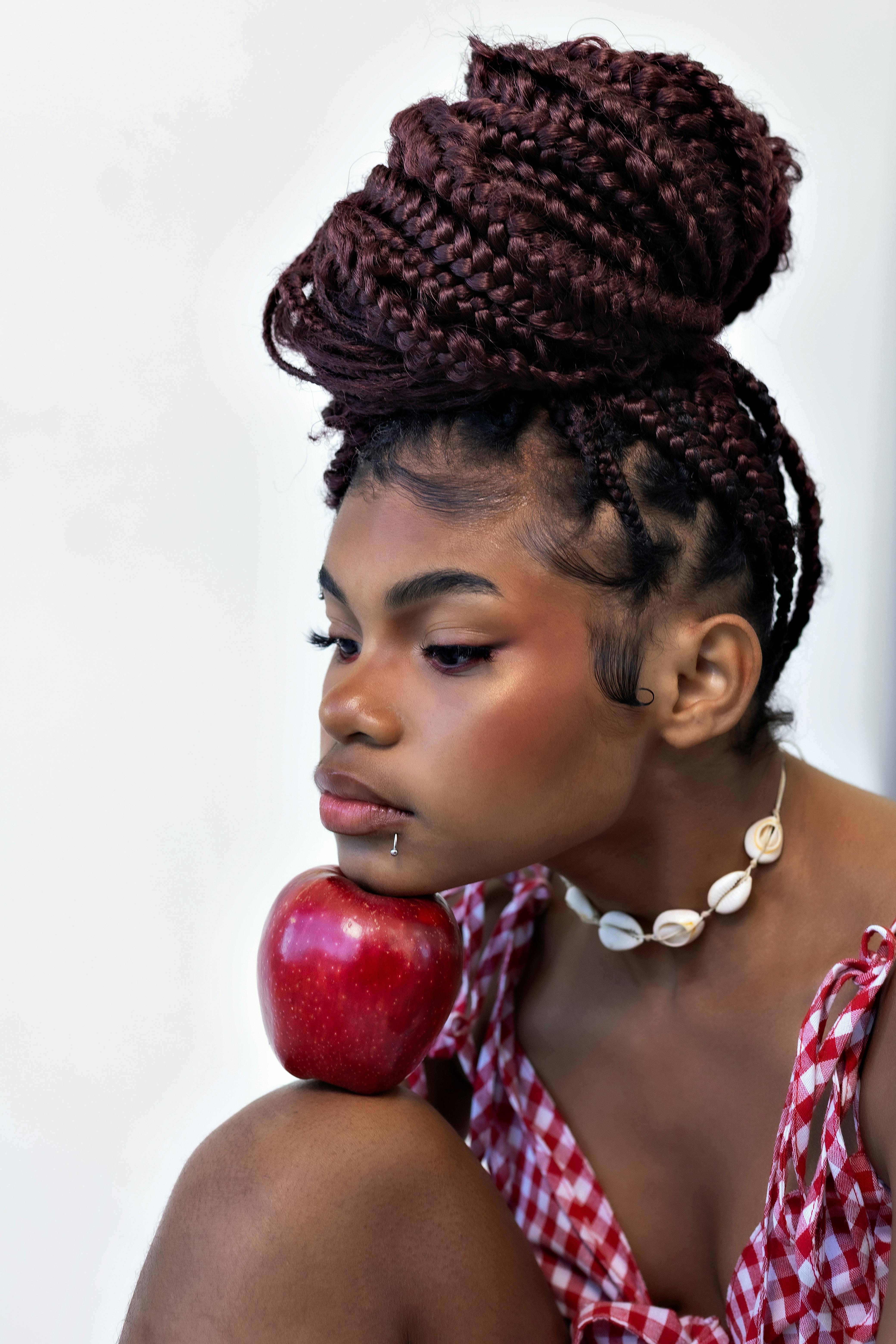Practical Guide to Designing a Book Cover in 2025

Essential Guide to Designing a Book Cover in 2025
Creating the perfect book cover is crucial in the highly competitive world of publishing. A well-designed book cover not only attracts readers but also communicates the book's essence and genre. As we move into 2025, understanding modern design trends, technology, and DIY tools will significantly enhance your ability to produce captivating book covers. This practical guide will explore various aspects of book cover design, providing tips, trends, and resources to construct a stunning visual representation of your work.
Benefits of investing time in book cover design include the ability to convey your story effectively, enhance reader engagement, and improve marketing efforts. By implementing the strategies outlined here, you will be better equipped to create eye-catching covers, whether you're working with a designer or taking a DIY approach.
We'll cover the foundational elements of book cover design, explore trending styles for various genres, and recommend tools for creating custom covers. By the end of this article, you will have a clearer understanding of how to make a book cover that not only represents your story but also captures the reader's interest at first glance.
Understanding Book Cover Design Fundamentals
Before diving into the design process, it's essential to grasp the basic elements of effective book cover design. The foundational components include layout, typography, color schemes, and imagery. Each of these elements plays a significant role in creating a cohesive and appealing design.
Book Cover Layout Basics
A book cover’s layout involves the arrangement of graphics, text, and other design elements. The structure must not only be aesthetically pleasing but also functional, guiding the viewer's eye to key information. Consider using the rule of thirds to create a balanced visual hierarchy that highlights your title and author name, as they are the focal points of any cover. Consistent spacing and alignment will enhance readability and create a polished look.
The Role of Typography in Book Covers
Typography is one of the most powerful tools in book cover design. The font choice can convey the book's tone and genre effectively. For instance, playful fonts may work well for children's books, while elegant serif fonts can enhance the sophistication of a romance novel. Understanding how to pair different fonts for titles and subtitles is crucial in establishing a harmonious text that is both readable and eye-catching. Avoid overly decorative fonts that may detract from the clarity of the information presented.
Choosing Effective Color Schemes
Color psychology plays a vital role in attracting readers. Different colors evoke various feelings and associations; hence, it's crucial to select a palette that aligns with the book's themes. For example, warm tones can suggest passion, while cool hues may evoke calmness or mystery. Leveraging contrasts between text and background colors ensures that your title stands out and is easily readable.
Building on these fundamentals, understanding how to integrate imagery brings us closer to crafting a visually appealing and meaningful book cover.
Leveraging Imagery for Impactful Designs
Imagery in book covers can be a deciding factor for potential readers. Whether using photographs, illustrations, or abstract graphics, the chosen imagery should convey the mood and theme of the book. A strong visual immediately captures attention, encouraging readers to explore further.
Selecting the Right Style of Imagery
Different genres benefit from various styles of imagery. For example, fantasy book covers often feature whimsical artwork or illustrations, while non-fiction might utilize clean, informative graphics. Understanding the audience's expectations is key to selecting the right imagery that resonates with them and complements the book's narrative.
Utilizing Photography in Book Covers
When opting for photographs, ensure they are high quality and relevant to your book's themes. Photographic covers should capture the essence of your narrative while maintaining clarity and sophistication. Consider employing tools such as Adobe Photoshop or Canva for creating stunning photographic book covers, which allow for advanced editing and customization. Additionally, services that provide stock images can offer affordable options for those on a budget.
Incorporating Illustrative Elements
Illustrations can give book covers a unique flair that sets them apart from others in the market. Whether you work with a professional illustrator or explore DIY options, incorporating personal or thematic illustrations can add depth. Illustrative book covers often evoke emotion and can be tailored to suit specific target audiences, thereby enhancing engagement and relatability.
Connecting to how design elements work cohesively, let’s explore the latest trends in book cover design that will help you stand out in 2025.
Trending Book Cover Designs in 2025
The world of book cover design is constantly evolving, with new trends emerging as reader preferences shift. Staying ahead of these trends is vital for effective marketing and visibility.
Minimalistic Book Cover Design
In recent years, minimalism has gained popularity among designers. A clean, simple design with ample negative space can create a strong impact, allowing key elements to shine. Minimalistic covers often rely on typography and a singular illustrative or photographic element to make a statement. This trend appeals to contemporary audiences who appreciate elegance and clarity.
Color Gradients and Bold Patterns
Another popular trend is the use of color gradients and bold patterns. This modern approach adds vibrancy to book covers, making them visually striking. Gradients can create a sense of depth and intrigue, enabling potential readers to feel more connected to the book before even picking it up. Bold, repeating patterns can also add texture and dimension, enhancing overall aesthetic appeal.
Use of 3D Elements and Depth
With advancements in digital design tools, incorporating 3D elements has become more accessible. These elements can provide depth, making the cover pop and more engaging. This trend is particularly powerful in genres like fantasy and science fiction, where imaginative worlds can be visually represented, drawing readers into the story's universe.
Understanding these trends will allow authors and designers to design stunning book covers that capture attention and communicate effectively. Next, let’s look into practical tools and resources for designing your book cover.
Tools and Resources for Book Cover Design
Now that you are familiar with the fundamental principles and trending styles, it’s essential to know which tools can assist you in the design process. Various software solutions and resources can streamline the creation of your custom book cover.
Best Book Cover Design Software
Several software programs cater to both novice and experienced designers. Adobe Creative Suite, particularly Photoshop and Illustrator, offers comprehensive tools for detailed design work. Conversely, platforms like Canva provide user-friendly templates that can simplify the process for those without extensive design experience. For authors looking to design covers on a budget, free tools like GIMP are also available.
Utilizing Book Cover Templates
Book cover templates save time and inspiration. Many websites offer customizable templates that can align with different genres and design preferences. Websites such as Canva, Creative Market, and Envato Elements host a plethora of options, allowing you to create a professional-looking book cover quickly. Look for templates that allow easy editing, ensuring that your book cover can reflect your personal style and thematic content.
Finding Inspiration for Your Design
When you find yourself in a creative rut, seeking inspiration can provide a fresh perspective. Look to book cover inspiration websites, design communities, or even popular social media platforms. Creating a mood board with examples of covers that resonate with you may guide your design process. Furthermore, consider studying successful book cover critiques to learn about effective design strategies and the elements that capture audience attention.
With these tools and resources at your disposal, you're well on your way to mastering book cover design. In our next section, we will discuss practical tips and tricks to enhance your book marketing strategy through effective cover design.
Effective Marketing Strategies Through Book Cover Design
The importance of a stellar book cover extends beyond aesthetics; it plays a pivotal role in marketing your work. Understanding how to leverage your cover design for better visibility can lead to increased sales and audience engagement.
How Book Covers Influence Buying Decisions
Book covers are often the first interaction potential readers have with your work. An eye-catching design can lead to curiosity and ultimately persuade them to pick up the book or make a purchase online. Research shows that aesthetically pleasing covers can directly correlate with sales. Investing in a quality design that aligns with your genre and audience can significantly impact your book's market performance.
Creating Buzz with Social Media Marketing
In today’s digital landscape, utilizing social media to promote your book's cover is crucial. Share snippets of your design journey, highlight the final artwork, and engage your audience with polls or contests related to your cover. Platforms like Instagram and Twitter are particularly effective for visual storytelling, providing an opportunity to connect with readers and garner excitement leading up to your launch.
Harnessing the Power of Author Branding
Your book cover is an extension of your author brand, visually communicating your style and genre. Consistency across your book covers helps build recognition and loyalty among readers. Authors should strive to create a cohesive look for series or similar genres, making it easier for readers to identify their work and feel connected to it.
By integrating effective marketing strategies with thoughtful design, you're positioning yourself for greater success. Let’s conclude with some final considerations and Q&A to address common queries about book cover design.
Common Questions About Book Cover Design
What are the standard book cover dimensions for printing?
Understanding the correct dimensions for your book cover based on its format is crucial. Standard paperback sizes often include 5"x8", 5.5"x8.5", and 6"x9". Digital formats like eBooks typically require different dimensions, aligning with the needs of various platforms like Kindle or Apple Books. Always check specifications provided by your printing service to ensure a perfect fit.
How to choose the right fonts for my book cover?
Choosing the ideal fonts involves a balance between readability and aesthetics. Aim for simplicity in font pairing—select a primary font for the title and a complementary one for the subtitle or author name. Avoid overly ornate fonts that may not read well from a distance or in thumbnail sizes online. It can be helpful to test different pairings and solicit feedback before deciding on the final design.
Can I use stock images for my book cover design?
Yes, stock images can be an excellent resource for creating attractive book covers. Websites like Shutterstock and Adobe Stock offer a wide range of high-quality images that you can license. Ensure that any images used align with your book's theme and genre. Additionally, always verify licensing agreements to avoid potential legal issues.
In conclusion, designing a compelling book cover in 2025 requires a blend of creative strategy, understanding of design principles, and knowledge of current trends. By utilizing the tips and tools discussed in this guide, you'll be well on your way to producing a book cover that not only attracts readers but also enhances your marketing efforts.

